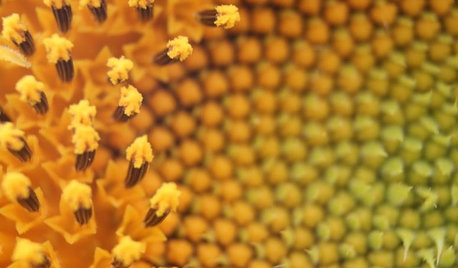Do you mulch corn?
regaldozer
16 years ago
Related Stories

GARDENING GUIDESThe Art of Green Mulch
You can design a natural garden that doesn’t rely on covering your soil with wood and bark mulch
Full Story
GARDENING GUIDESHow to Pick a Mulch — and Why Your Soil Wants It
There's more to topdressing than shredded wood. Learn about mulch types, costs and design considerations here
Full Story
GARDENING GUIDESGarden Myths to Debunk as You Dig This Fall and Rest Over Winter
Termites hate wood mulch, don’t amend soil for trees, avoid gravel in planters — and more nuggets of garden wisdom
Full Story
GARDENING FOR BUTTERFLIESButterfly Gardening: Delight the Eyes With Living Sculptures
Surprise and thrill with a garden that attracts magical winged creatures, bringing color, movement and life
Full Story
GARDENING GUIDESCentral Plains Gardener's April Checklist
Let the show begin! Watch for the first perennials, hold back on trimming spring-blooming shrubs and grow your garden borders
Full Story
SAVING WATERHouzz Call: Are You Letting Go of Your Lawn?
Many facing a drought are swapping turf for less thirsty plantings. If you’re one of them, we’d like to hear about it
Full Story
EARTH DAY5 Ideas for a More Earth-Friendly Garden
Consider increasing the size of garden beds, filtering rainwater and using plants to reduce energy use
Full Story
GARDENING GUIDESHow to Switch to an Organic Landscape Plan
Ditch the chemicals for a naturally beautiful lawn and garden, using living fertilizers and other nontoxic treatments
Full Story
GARDENING GUIDESTackle Weeds the Natural Way
Instead of dousing your yard with chemicals to wipe out weeds, let time and nature work their magic via smothering and solarization
Full Story
GARDENING GUIDESEssential Watering Tips for Your Edible Garden
To give your edible plants just what they need, check out these guidelines for how, when and how much to water
Full StoryMore Discussions







growingup
jellyman
Related Professionals
Arnold Landscape Architects & Landscape Designers · Essex Landscape Architects & Landscape Designers · Horsham Landscape Architects & Landscape Designers · River Forest Landscape Architects & Landscape Designers · Damascus Landscape Contractors · Desert Hot Springs Landscape Contractors · Fridley Landscape Contractors · Post Falls Landscape Contractors · Red Oak Landscape Contractors · Shirley Landscape Contractors · Tamarac Landscape Contractors · Watertown Landscape Contractors · Maple Heights Landscape Contractors · Deer Park Driveway Installation & Maintenance · Hockessin Driveway Installation & Maintenancegrowingup
laceyvail 6A, WV
regaldozerOriginal Author
Violet_Z6
franktank232
regaldozerOriginal Author
Violet_Z6
crabjoe
Nicky Duffin
Dianne LaCasse